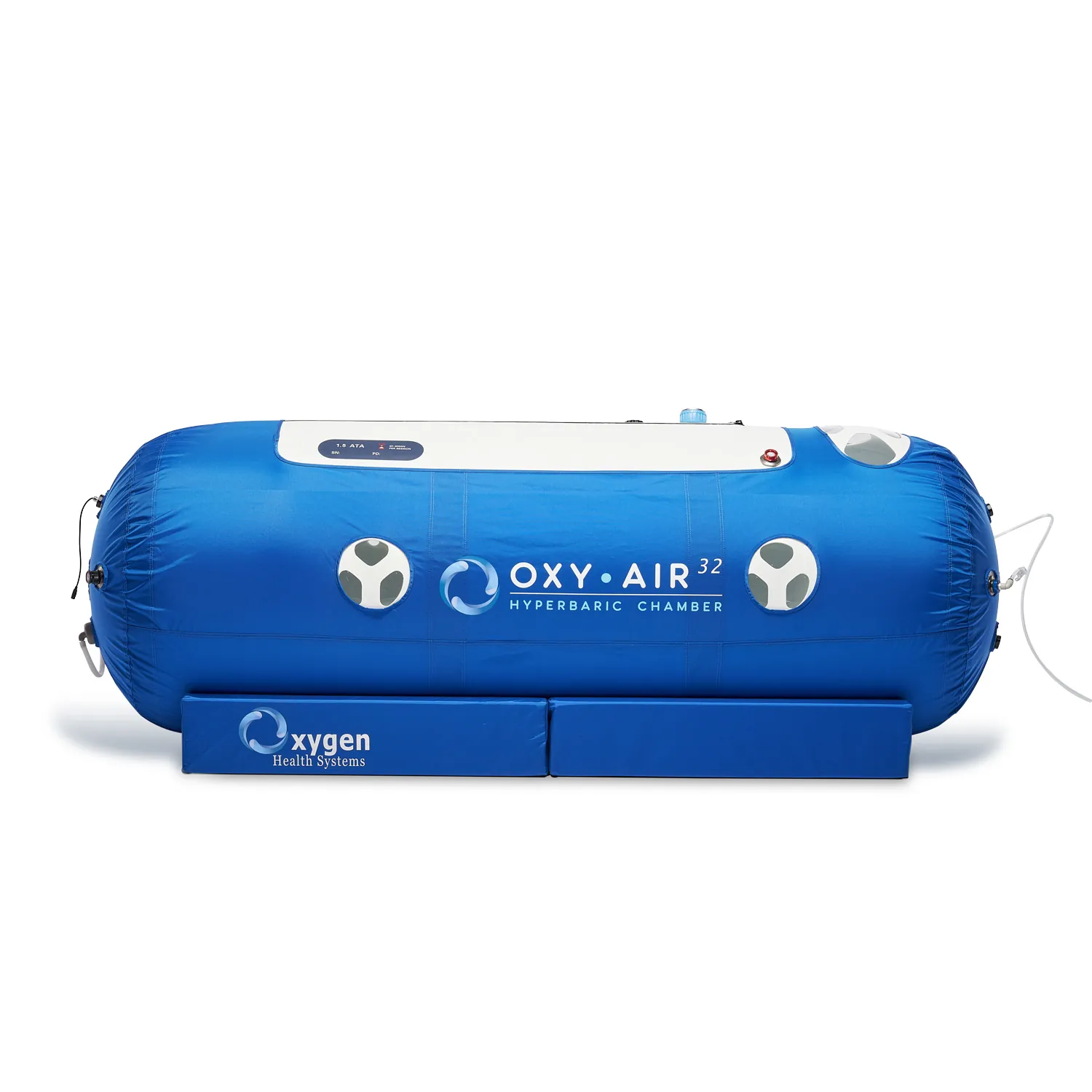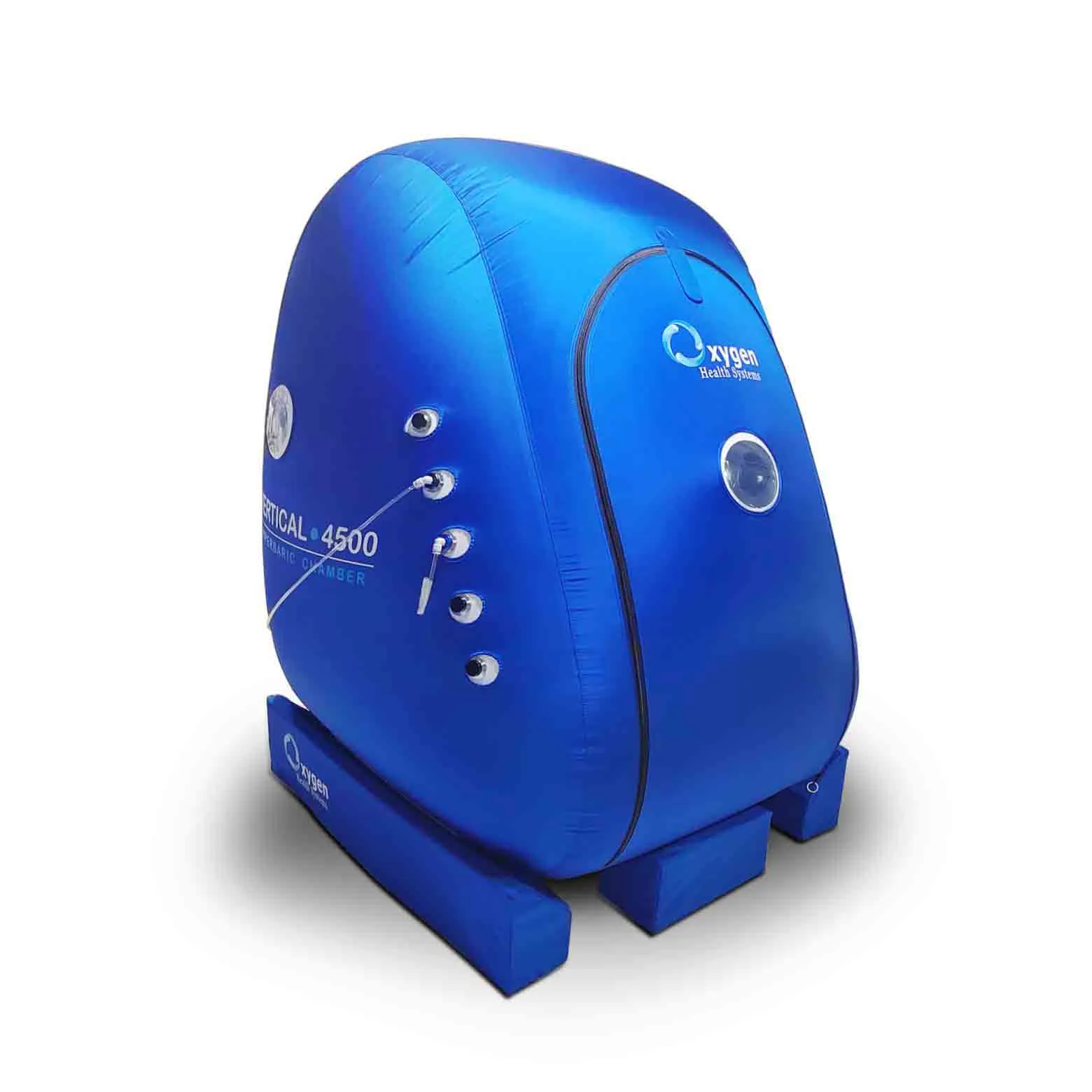Health
The Effects of Hyperbaric Oxygen Therapy on PTSD
Hyperbaric oxygen therapy (HBOT) is an emerging treatment option for individuals with post-traumatic stress disorder (PTSD). This therapy involves breathing pure oxygen in a pressurized chamber, which has been shown to have various health benefits. As PTSD affects millions worldwide, understanding alternative treatment options like HBOT is essential for improving the quality of life for those affected. Read on to learn more about the effects of hyperbaric oxygen therapy on PTSD.
Understanding PTSD
Post-traumatic stress disorder is a mental health condition that can develop after an individual experiences or witnesses a traumatic event. Symptoms include flashbacks, nightmares, severe anxiety, and uncontrollable thoughts about the event. These symptoms can interfere with daily life, making it challenging to maintain relationships, work, or enjoy activities. PTSD affects people differently, with some experiencing symptoms shortly after the event, while others may not show signs for months or years. Understanding the complexity of PTSD is crucial for exploring effective treatment options.
What Is Hyperbaric Oxygen Therapy?
Hyperbaric oxygen therapy involves breathing pure oxygen in a pressurized chamber, allowing the lungs to take in more oxygen than at normal atmospheric pressure. This increased oxygen level in the blood can help repair damaged tissues and reduce inflammation. Originally used to treat conditions like decompression sickness and carbon monoxide poisoning, HBOT is now being explored for various medical conditions, including PTSD. The therapy sessions typically last 60 to 90 minutes and are conducted in specialized facilities equipped with hyperbaric chambers.
How HBOT Works
During a hyperbaric oxygen therapy session, the patient enters a hyperbaric chamber, where the air pressure is increased to three times higher than normal atmospheric pressure. This allows the lungs to absorb more oxygen, which is then carried throughout the body by the bloodstream. The increased oxygen levels can promote healing by enhancing the body’s natural healing processes, reducing inflammation, and promoting the growth of new blood vessels. For PTSD patients, these effects may help alleviate some symptoms associated with the disorder.
Potential Benefits for PTSD Patients
Hyperbaric oxygen therapy offers several potential benefits for individuals with PTSD. The increased oxygen levels can improve brain function, potentially reducing symptoms such as anxiety, depression, and cognitive impairments. HBOT may also help regulate neurotransmitters and reduce inflammation in the brain, contributing to improved mood and emotional stability. While more research is needed, some studies suggest that HBOT can enhance overall mental health and quality of life for PTSD patients.
Research on HBOT and PTSD
Research on hyperbaric oxygen therapy’s effects on PTSD is still in its early stages, but preliminary studies show promising results. Some studies have reported significant improvements in PTSD symptoms, such as reduced anxiety and depression, following HBOT treatment. These findings suggest that HBOT may be a valuable adjunct therapy for PTSD, complementing traditional treatments like psychotherapy and medication. Ongoing research aims to better understand the mechanisms behind HBOT’s effects on PTSD and determine its long-term efficacy.

HBOT and Brain Health
Hyperbaric oxygen therapy has been shown to support brain health by enhancing neuroplasticity and reducing inflammation. Neuroplasticity is the brain’s ability to reorganize itself by forming new neural connections, which is crucial for learning and recovery from injury. By increasing oxygen levels, HBOT may promote neuroplasticity and help repair damaged brain tissue in individuals with PTSD. This can lead to improvements in cognitive function, emotional regulation, and overall mental well-being.
HBOT and Inflammation Reduction
Inflammation is a natural response to injury or infection, but chronic inflammation can contribute to various health issues, including mental health disorders like PTSD. Hyperbaric oxygen therapy can help reduce inflammation by delivering high levels of oxygen to affected tissues. This reduction in inflammation may alleviate some symptoms associated with PTSD, such as anxiety and depression. By addressing underlying inflammatory processes, HBOT offers a unique approach to managing PTSD symptoms.
HBOT as a Complementary Therapy
As mentioned, hyperbaric oxygen therapy can be used as a complementary therapy alongside traditional PTSD treatments, such as psychotherapy and medication. By combining HBOT with other therapies, patients may experience enhanced symptom relief and improved overall outcomes. This integrative approach allows for a more comprehensive treatment plan tailored to the individual’s needs. However, it’s essential to work with healthcare professionals to determine the best combination of therapies for each patient.
Safety and Side Effects of HBOT
Hyperbaric oxygen therapy is generally considered safe when administered by trained professionals. However, some side effects may occur, including ear discomfort, sinus pressure, and temporary changes in vision. These side effects are usually mild and resolve quickly after the session. More severe side effects are rare but can include oxygen toxicity and barotrauma. It’s crucial for patients to undergo a thorough evaluation before starting HBOT to ensure the treatment is appropriate for their condition and to minimize potential risks.
Eligibility for HBOT
Not everyone with PTSD may be eligible for hyperbaric oxygen therapy. Eligibility depends on various factors, including the patient’s overall health, medical history, and specific symptoms. Conditions such as certain respiratory disorders or recent ear surgery may contraindicate HBOT. A comprehensive evaluation by a healthcare professional is necessary to determine if HBOT is a suitable option for each individual. This assessment ensures that the therapy is both safe and potentially beneficial for the patient.

Cost and Accessibility of HBOT
The cost of hyperbaric oxygen therapy can vary depending on the location, facility, and number of sessions required. HBOT is not always covered by insurance for PTSD, making it less accessible for some patients. It’s essential to research facilities and discuss costs with healthcare providers to determine the financial implications of HBOT. Some clinics may offer payment plans or sliding scale fees to make the therapy more affordable for patients.
Preparation for HBOT Sessions
Proper preparation for hyperbaric oxygen therapy sessions can enhance their effectiveness and reduce potential side effects. Patients should wear comfortable clothing and avoid alcohol or caffeine before sessions. It’s also important to inform the healthcare provider of any medications being taken, as some may interact with HBOT. During the session, patients should communicate any discomfort to the technician to ensure a safe and comfortable experience.
Choosing a Hyperbaric Chamber Manufacturer
Selecting the right hyperbaric chamber is crucial for facilities offering hyperbaric oxygen therapy. When considering hyperbaric chamber manufacturers, it’s important to choose a company known for high-quality, safe, and reliable products. Manufacturers should comply with industry standards and regulations to ensure the safety and efficacy of their chambers. By choosing to work with reputable hyperbaric chamber manufacturers, healthcare providers can offer patients safe and effective environments for treatment.
Now that you know about the effects of hyperbaric oxygen therapy on PTSD, you can better understand its potential benefits. As a complementary treatment, HBOT offers promising results for symptom relief and improved mental health. Whether you are considering this therapy for yourself or a loved one, or if you’re a healthcare provider exploring new treatment options, understanding HBOT’s role in PTSD care is essential.






